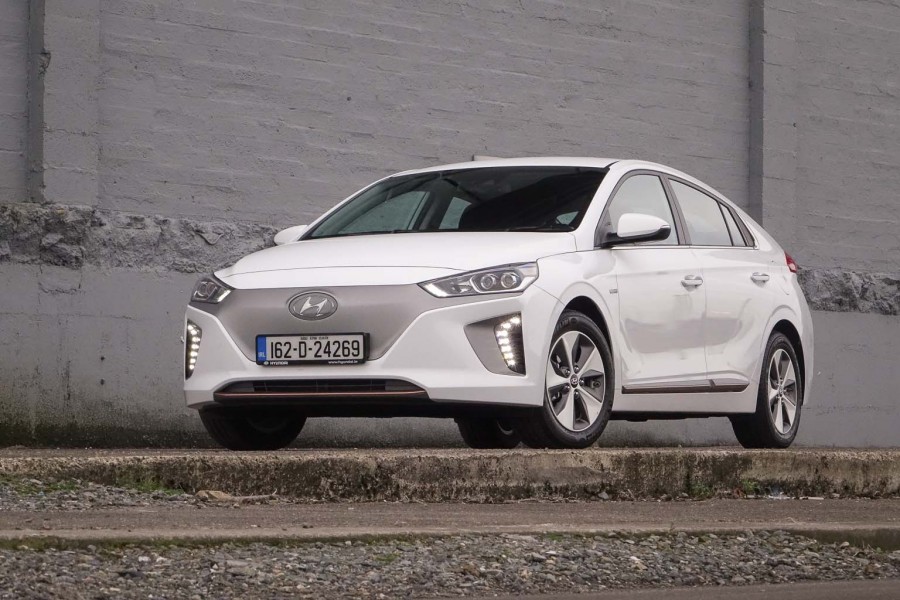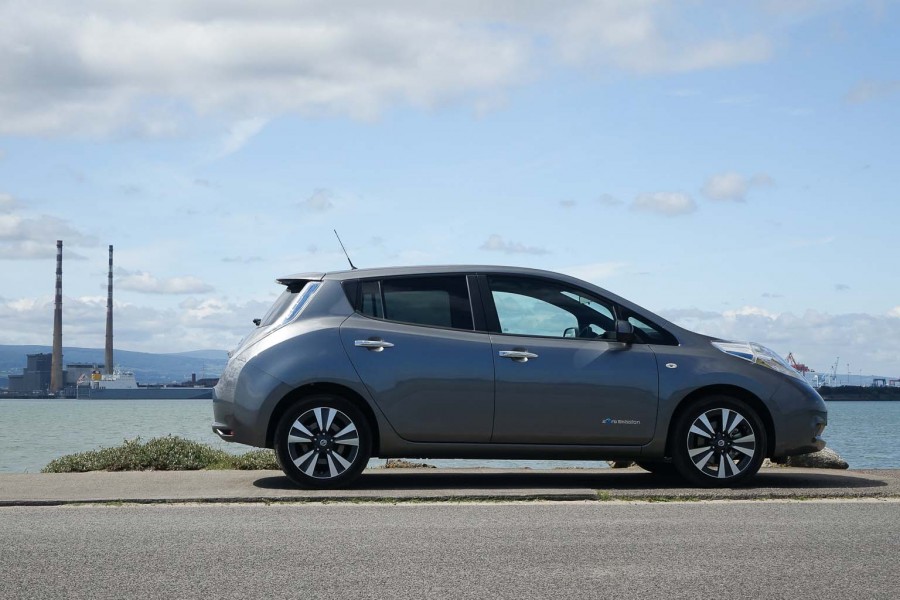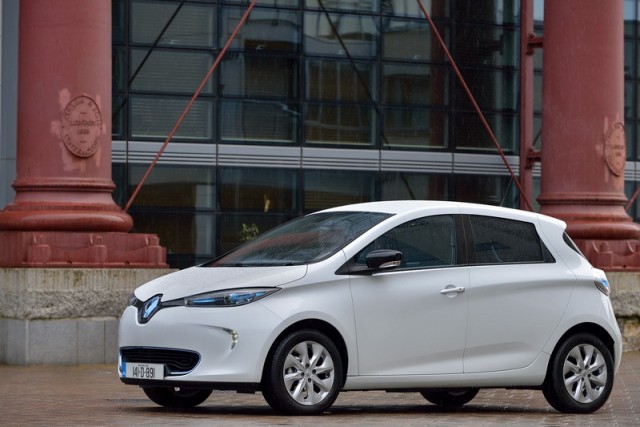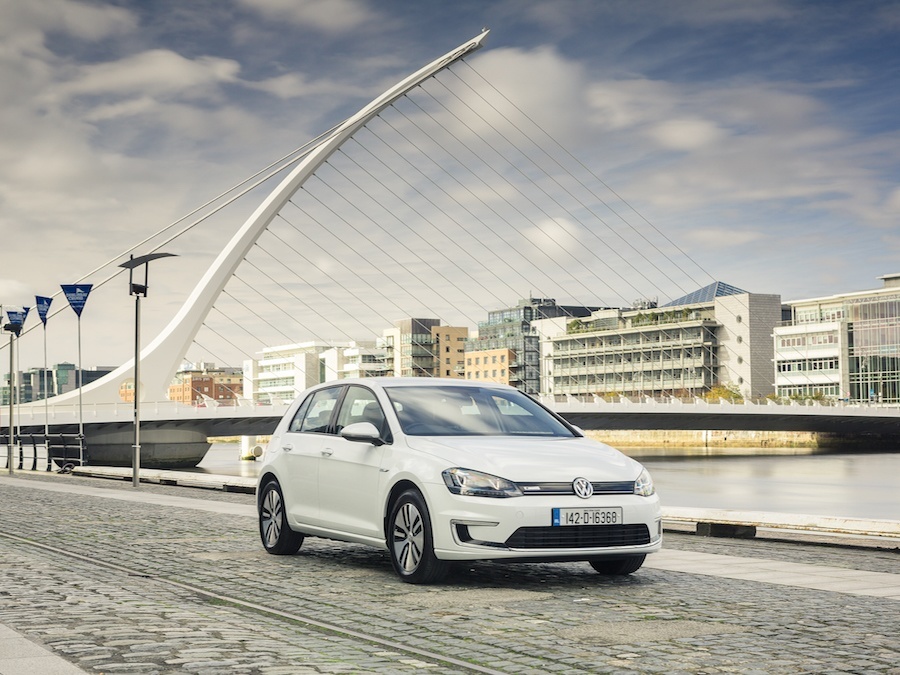Good: useable range, good performance, refinement, quality, equipment levels
Not so good: plain styling, vague handling
As any Boeing or Airbus engineer will tell you, range is everything. The farther you can fly without needing to stop off and refuel, the more efficient your aircraft is. Hence the proliferation of big twin-jets on ultra long haul routes these days, routes that would once have required four engines, more fuel and more cost.
That's a pretty perfect simile for the Hyundai Ioniq. If the Nissan Leaf was analogous to the Boeing 707 (the first truly popular, big-selling jet airliner) and the Tesla Model S is a Concorde, then the Ioniq is probably the Boeing 767 - a versatile performer, blessed with high efficiency and long range, but perhaps not the most exciting tool in the box.
Does an electric vehicle need to be exciting? Well, Tesla has proven that they can be and it seems logical that, as they evolve, some EVs should become more exciting, but Hyundai has chosen to keep things pretty simple with the Ioniq, to concentrate on the fundamentals, and it is rather hard to find the flaw in that decision.
So, although this all-electric version (there are hybrid and plugin hybrid models too) has a big, grey blanking panel where the grille should be it's not a dramatic looking car. It's neither as outré as the now seven-year-old (where does the time go?) Nissan Leaf, nor as desirable as the upcoming revised Volkswagen e-Golf, but it's perfectly pleasant. The copper-coloured detail trim, which is carried over into the cabin, is a nice nod to the car's electric propulsion, but perhaps would look more distinctive still if Hyundai had made it shiny, rather than matte.
Still, even non-reflectively it does liven up the cabin a bit, which is a melange of familiar Hyundai switchgear with a few added surprises. The Ioniq Electric gets an all-digital instrument pack, which is clear, simple and works pretty well. It does without a conventional gearshift, relying instead on a push-button selector for choosing between forward, park and reverse for its single-speed reduction gear. Highlights are the big, bright touch-screen in the centre console that includes the all-important Apple CarPlay connection and which also has a function in the satnav to show you your potential range, expressed as a large targeting circle with your position at the centre. All very Doctor Strangelove...
Where the Ioniq's cabin really scores, though, is in the bits that really matter. The seats are comfy and supportive and there's decent space in the rear (although the boot, at just 350 litres, is a little small and a little shallow). Best of all is the sheer sense of quality. Volkswagen may have an edge in material choice, but the Ioniq's cabin is impressively well put together. Even over sharp speed bumps, and without the covering noise of a petrol or diesel engine to distract, there is neither a creak nor groan.
Do you fire up an electric car? Or do you simply switch it on? Either way, once you've done that and pushed the button marked 'D' the Ioniq pulls away briskly and smoothly in the manner of all electric cars. Power from the electric motor is rated at 120hp equivalent and torque (from zero rpm of course) is a very healthy 295Nm, so the Ioniq feels entirely at home mixing it with diesel and petrol traffic. You can select a Sport driving mode, which sharpens up the throttle response and makes the Ioniq feel quick at low-to-middling speeds, but to be honest, even in Eco mode, the responsiveness is fine.
Hyundai has played some clever tricks to get the most out of its 28kWh battery stack, which, according to the NEDC official test figures, will go for 280km on a single charge. You're unlikely ever to get that far in reality, but the Ioniq will cover a realistic 190-200km if you're making good use of the regenerative braking, and 170-180km if you're tackling some motorway miles. That's more than enough to get you to a fast charger from most locations in the country, and using the Combined Charging System (CCS) plug fitted to most of the motorway rest stop chargers, the Ioniq will suck down an 80 per cent charge in 30 minutes. Recharging from a domestic socket, from empty, takes about 12 hours. To avoid draining the battery too fast though, the Ioniq uses a heat-pump for the cabin ventilation system, which, like the air conditioning, can be switched on and off with the flick of a finger. That means you can warm the cabin up (or do so on a pre-set timer while the car is charging) and then switch the heat off to stretch your range for a bit. Likewise, the heated seats run off the backup 12-volt battery, so you can use them with gay abandon. Toasty buns...
On paper, the gap between the Ioniq's maximum quoted range and that for the Nissan Leaf 30kWh model (which can go for a claimed 250km) doesn't look all that much, but based on our test drive, the Hyundai's advantage is quite significant. Driving between Dublin and Belfast on the M1 motorway in both cars requires a quick stop in Dundalk (the rough half-way point) for a fast charge. Reaching Dundalk in the Leaf meant travelling below the speed limit of 120km/h and, frankly, getting some pretty sweaty palms as to whether or not we would make it to the fast charger. By contrast, the Ioniq breezed it - cruising at an indicated 120km/h meant that the range did fall faster than would be the case in town or on a main road, but it didn't plummet down, and we rolled into Dundalk and then again into Belfast with more than 90km available range still showing. The Ioniq might have done the return journey in one gulp, just, but we decided not to risk it.
To drive, the Ioniq is entirely unexceptional. The steering is light and has no feedback; the ride is mostly very soft, with a good deal of body lean. It's not engaging to drive, but totally blameless and quite well suited to its primary mission of intra-urban transport.
Price-wise, at €28k, it looks a little expensive, but then you have to take into account its very good level of standard equipment and the fact that while the Nissan Leaf is cheaper to buy, you do have to pay €3,000 extra for its longer-range version (making the cheapest of those €26,990) and the Hyundai has a far nicer cabin than the Leaf's, and that extra range.
And that's the critical difference. The extra range may not look like much but it makes the Ioniq a crucial bit more useful in day-to-day driving. In that, it represents an important stage of evolution in electric cars. True, Renault, Volkswagen and others have cars with ever longer ranges due on sale shortly, but for now, the Ioniq Electric is king of the EVs, its useable range backed up by that impressive cabin.




































